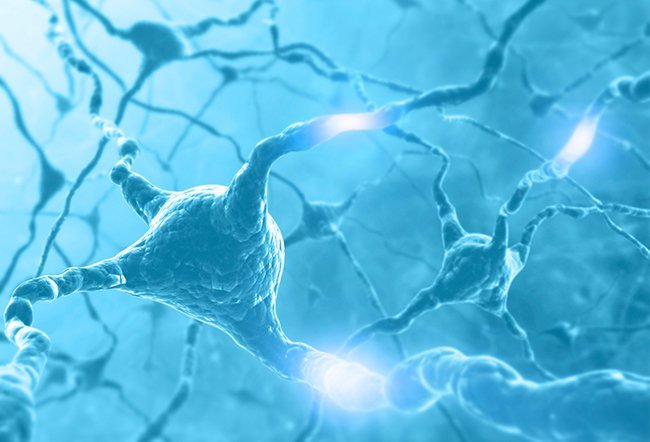What Are the 5 Stages of Parkinson’s Disease?

Parkinson’s disease (PD) is a progressive neurological disease that causes the breakdown of cells in the nervous system. The 5 stages of PD are as follows:
Stage I
Symptoms at this stage are mild and do not interfere with daily activities.
- Movement symptoms (such as tremors, rigidity, and bradykinesia) affecting just one side of the body (unilateral)
- Mild problems with posture and balance
- Slight difficulty walking
- Mild changes in facial expressions
Stage II
Symptoms at this stage become worse, making daily activities more difficult. The person is, however, able to look after themselves.
- Movement symptoms (such as tremors, rigidity, and bradykinesia) affect both sides of the body (bilateral)
- Difficulty walking
- Difficulty balancing
- Poor posture
- Reduced facial expressions
Stage III
Symptoms at this stage (mid-stage) are more severe than those of stage II. However, the person is still independent.
Loss of balance and bradykinesia (slowness of movements) are the hallmark symptoms of this stage. Daily activities such as eating, bathing and dressing are significantly impaired.
Stage IV
Independent living is almost impossible at this stage due to limitations in daily activities such as eating, bathing, dressing, sleeping, and waking.
The person may be able to stand on their own but need assistance for moving around. A walker may help in the movement without falling.
Stage V
Symptoms at this debilitating stage become so severe that even standing on one's own may be impossible. The person becomes bedridden and needs a wheelchair to be moved around.
All daily activities are impaired, requiring a round-the-clock caregiver. Symptoms may include:
- Delusions (false beliefs that do not change despite conflicting evidence)
- Hallucinations (seeing, feeling or hearing things that are not there)
- Loss of smell
- Constipation
- Poor reasoning and memory
- Weight loss
- Sleep disturbances
- Vision problems
What are symptoms of Parkinson’s disease?
Movement symptoms mainly include:
- Rigidity (stiffness)
- Bradykinesia (slowness of movements)
- Tremors (involuntary or uncontrolled movements of body parts)
- Problems with posture and balancing
- Problems with walking or moving around
Non-movement symptoms may include:
- Cognitive problems (reasoning, thinking, or memory)
- Pain
- Reduced appetite
- Constipation
- Vision problems
- Mood changes (anxiety, irritability)
- Sexual problems
- Loss of taste
- Loss of smell
How is Parkinson’s disease treated?
While there is no cure for Parkinson’s disease, symptoms can be managed with treatment, particularly in the early stages. Treatment of PD mainly involves:
- Medications (such as carbidopa, levodopa, dopamine agonists, COMT inhibitors, MAO B inhibitors, amantadine, and anticholinergics)
- Physical therapy and exercises
- Speech therapy
- Occupational therapy
- Surgery:
- Doctors may advise deep brain stimulation surgery for advanced PD. The procedure involves surgically implanting electrodes into a specific part of the brain. A generator is implanted near the collarbone to send electrical pulses to the brain through the electrodes.
- Another surgical procedure involves inserting a tube in the small intestine to deliver a gel formulation of carbidopa/levodopa (Duopa™).
